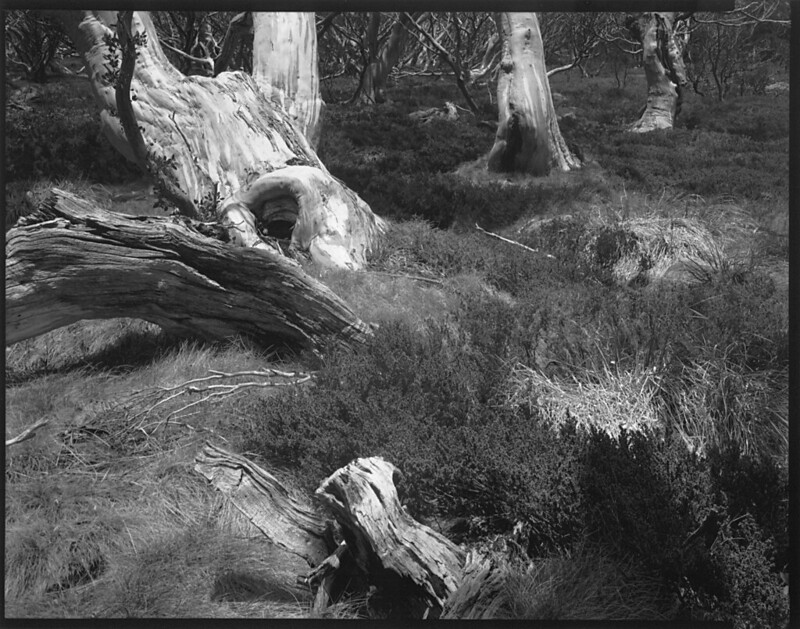A friend lent me [/I]Ansel Adams, The American Wilderness[/I], and I was just looking through it again. It brought forward some thoughts that I thought I'd share.
I have almost no familiarity with the work of artist-photographers whose native language reads either right to left or top to bottom. It is often observed that Westerners' reading of images, and "natural" tendencies in composition, derives in part from our learning to read left to right. Viewing Adams's brilliant composition (that is, that which infuses the works he composed), one may wonder if it has the quite same affect for those not comfortable reading left to right. This is a subtlety, in a sense; Adams' images, like those of the great Classical painters, for example, not to mention the works of their counterparts in musical composition, speak in a universal language capable of transcending a host of cultural dividers. Great art tends to reach into the mind and heart everywhere.
Among the thoughts in which this one passed, came my awareness of a recurrent principle in many of the compositions I was viewing. Before I say more, let me underline the word principle, as in principle of self-organization, principle of ordering. Semantic arguments are often quick to leap into, and sidetrack, such discussions, so I will avoid the use of a number of terms that may connote very different concepts to the range of readers here. I mean essentially to distinguish—and distance—my discussion from "rules of composition," "compositional tricks," and so forth.
That said, I would point any who may not have been aware of it, to the principle of the diagonal in rectangular (including square) images, and Adams's employment of it. Good composition may draw on many means to achieve its end; great composition does so with a mastery that puts all such chosen means fully in the service of the intention. It can be instructive nonetheless to see how an artist such as Adams often employs the diagonal principle of organization to serve his subject.
There are times when a major physical feature of the landscape leads us, from, for instance, bottom left toward upper right. More often, however, there is no physical object playing this role, yet we are similarly guided by the implication of such diagonal movement, through the "activity" of visual elements which the artist has organized his or her composition to feature. For this, the number of ways equals that of potential photographs; it is infinite. In virtually every case, however, in Adams, the implied vector, be it relatively continuous, whispered by quite separate elements, or even barely hinted at by, perhaps, a parallel of elements across the image from each other, results from the artist's keen perception of its potential attainment of visual form, through a combination of light and shadow play on the physical forms in the subject, with exacting placement of the lens, and scrupulous attention to the unity of the image in its entirety. Naturally, timing tends to play a vital role here, as the shadow of a cloud, or a passing highlight on an edge or surface, may separate a successful result from a good try.
Again, this active—one might even say living—diagonal principle (which gets interesting when one studies physical geometry or Classical musical counterpoint, which latter Adams understood well, of course, as an accomplished pianist of unusual talent) has no monopoly on composition, nor should it be employed as an excuse for finding an appropriate unifying principle for a given subject. But there is much we can learn from being aware of it and how it operates in harmony, and in time, as we view great compositions by Adams and many others.



 Reply With Quote
Reply With Quote






Bookmarks